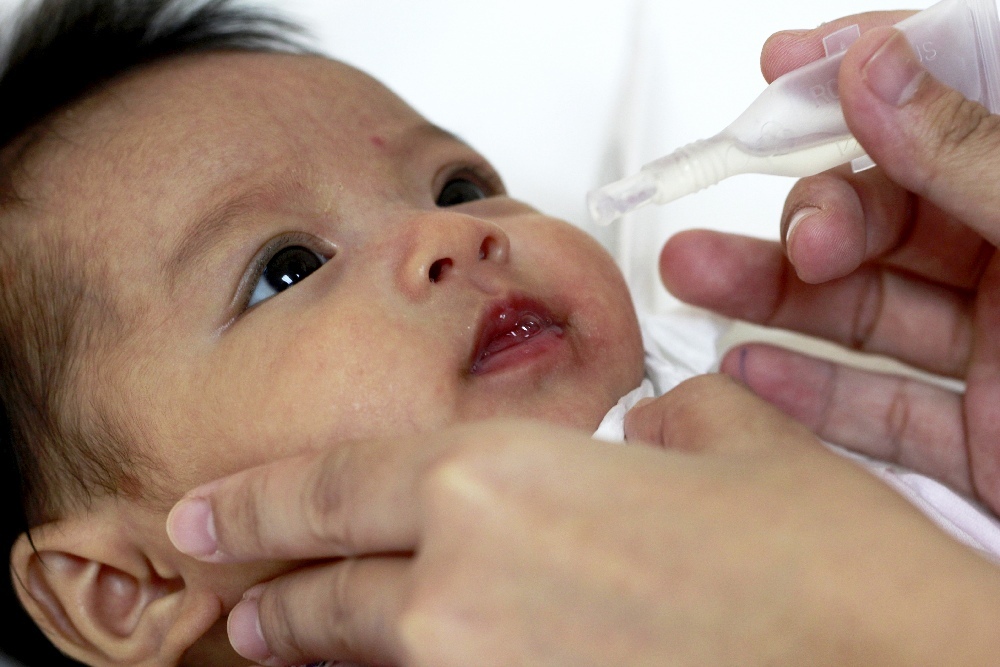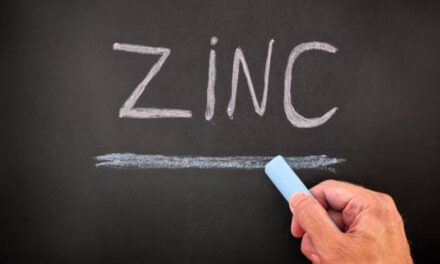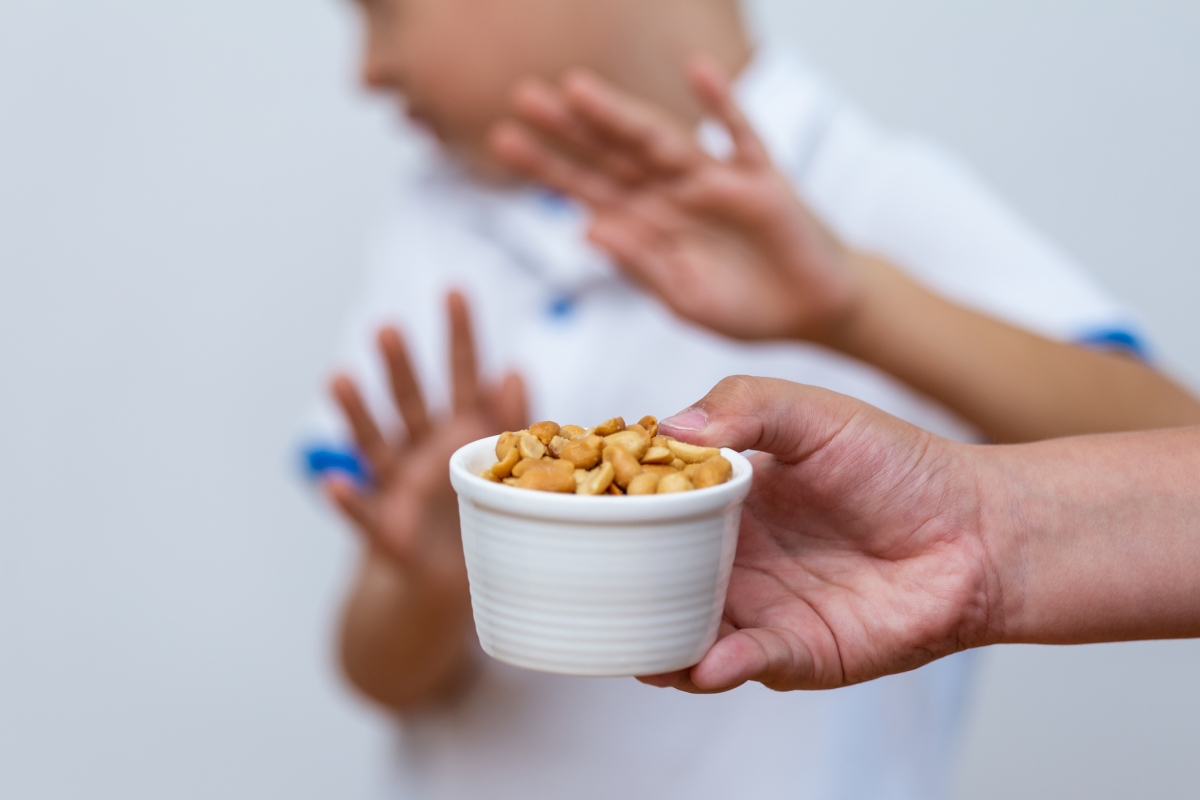A baby beginning to crawl is a significant milestone in their development. Did you know there are also many benefits of crawling for a baby?
As a parent, you may be asking yourself, should I encourage my baby to crawl? This question may arise when your baby seems so interested in walking as an early model of movement instead of crawling.
There are many benefits of crawling for a baby, and if your baby skips this stage, they miss a developmental boost. Your child will start crawling between 7 to 10 months. It is equally important that your child crawls on your knees and hands, but some children start crawling on their belly.
Crawling is a crucial aspect of developing your baby’s motor skills. Strength and confidence development are the benefits of crawling for a baby. Crawling is the basis for the baby to learn how to walk later.
When your baby starts crawling, they learn how to keep their head straight up, which helps strengthen the neck and back muscles. This article highlights the benefits of crawling for a baby, which will impact your baby’s long-term physical and mental development.
Brain Development Is A Benefit Of Crawling For A Baby
When your child is crawling, they engage the brain’s left and right hemispheres. The engagement occurs when your baby partakes in crisscross crawling using opposite limbs to move forward. A band of nerves responsible for the two sides of the child’s brain starts forming during this cross-lateral crawling. Communication between the two sides of the brain is one of the benefits of crawling for a baby because it enhances their learning abilities as they grow up. Babies who skip the crawling phase could experience learning difficulties in life.
Improvement In Physical Capabilities
During crawling, your baby engages the entire body. Crawling improves the more significant movements that the body makes, otherwise known as gross motor skills. Coordination and balance are also physical capabilities that are taken care of during crawling.
The upper body, which is less associated with walking, is greatly strengthened during crawling. These physical capabilities prepare your baby’s body for walking, jumping, grabbing, running, and writing, which all parents look forward to seeing in the future.
Creation Of Spatial Awareness & Navigation Skills Is A Benefit Of Crawling For A Baby
Spatial awareness and navigation skills are benefits of crawling for a baby because the baby will be able to discover the environment in which they are. The baby will know how far the things they want to grab are and the location of these things. When the baby is just starting to crawl, you will notice that they will attempt to go through obstacles instead of going around the barriers. During crawling, they start figuring out the physical orientation of objects, which helps navigation skills, spatial awareness of things, and problem-solving.
Developing Confidence Is A Benefit Of Crawling For A Baby
Crawling will help your baby develop confidence by allowing independent exploration. This action is the first time your baby will have a chance to move independently.
During this independent exploration, your baby will take physical risks and test their limitations and potential. Taking risks is vital to growing their confidence, including the ability to solve problems on how to reach those items they want.
It is essential to know that, at times, a baby may take longer to start crawling, but that does not imply they are behind in development. It could be that your baby will be more prepared when they start walking.
Preparation Of Hip Joint For Locomotion
Crawling is important for your baby because it prepares your little one for walking and standing by strengthening the hip joint. It also helps organize and shape the hip sockets, an essential aspect of hip strengthening. During crawling, their muscle function starts to reshape the hips. Your baby’s hips become stronger add more stable to lift the upper body in preparation for the forward propulsion.
Crawling Helps Your Baby’s Body To Cross The Middle Line
Crossing the middle line is when your baby moves their limp to the opposite side of the body. The sluggish movement to the opposite side of the body helps in reflex integration, hearing, vision, and learning.
Crawling also helps cross the middle line by ensuring a spine rotation. Spine rotation helps strengthen the lower back in preparation for your baby to stand upright.
Crossing the middle line also helps prepare the ankles for bending and straightening, which will be needed later in walking.
Crawling Gives Your Child A More Flexible Memory
Your child will have a more flexible memory for learning new skills during crawling. Crawling makes your baby learn new skills faster. They can easily remember the skill even if you change the environment. The ability to quickly grasp and retain the craft means that crawling is beneficial for your baby with respect to memory retention.
Crawling Helps In Your Child’s Discovery Journey
Crawling helps open up a new world of discoveries to your baby, which results in the development of complex movements. These movements include grasping, pulling up to stand and walking while holding items.
Crawling Helps In Wrist Extension
When your baby crawls on their hands and knees, their wrists gain more strength and extend over time. This action is essential in the development of handwriting skills.
Conclusion
We hope you have known the many benefits of crawling for a baby. This phase will impact their physical and mental health. As a parent, please encourage your child to crawl by placing toys in their vicinity so they can reach out and try to move. Keep the area safe, and enjoy watching your baby crawl.
Also read: How To Keep Your Crawling Baby Safe






